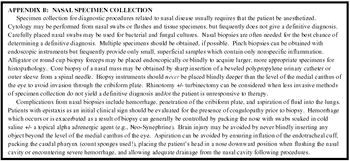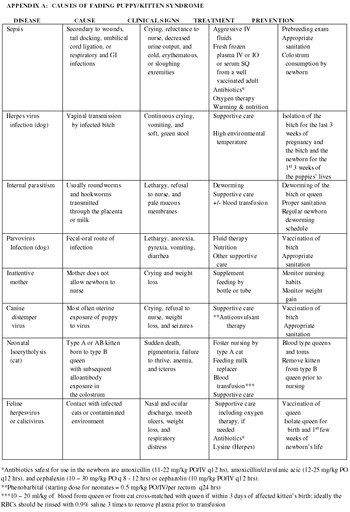Dawn Bowles, DVM, DACVIM, DACVCP
Articles by Dawn Bowles, DVM, DACVIM, DACVCP

Lymphocytic-plasmacytic rhinitis (L-PR) is a nonspecific inflammatory condition associated with antigenic and irritant stimulation. This disorder is most commonly found in dogs. and has a predisposition for Dachshunds. The clinical signs are those commonly seen with nasal diseases, including sneezing and nasal discharge of varying character.

Physical examination of the newborn is important to look for congenital defects and early signs of illness or potential for illness since deterioration of neonates can occur suddenly and progress rapidly. Prematurity as well as labor that is difficult or prolonged contribute to poor vigor of offspring.

The most common prostatic disease in the dog is benign prostatic hyperplasia (BPH), which occurs in intact male dogs that are usually ? 2 years-of-age. Scottish terriers appear to be more severely affected than other dog breeds. The etiology is associated with altered androgen-estrogen ratios as the dog matures.

Successful treatment of complicated urinary tract infections (UTI) requires adjustments to be made in the typical therapeutic plan for UTIs. Identification of complicated UTIs and other urinary tract-related circumstances requiring special therapeutic considerations will be reviewed.

Although standard, mainstream, accepted therapy should always play a prominent role in treating patient problems, alternative therapeutic approaches can be valuable as adjunctive treatment options. Chronic or recurring urinary tract disease may benefit from alternative treatment options as discussed below.

Urolithiasis is common in the cat, causing morbidity and, occasionally, mortality. Diagnosis is based on clinical signs, imaging, gross physical characteristics of the uroliths, and quantitative analysis of the urolith.

It's not enough to take radiographs if you don't take the views that you need to provide essential information. A series of radiographs will be reviewed that demonstrate the pitfall of omitting key information. Other examples of omission of key information will also be examined.

Puppies and kittens are generally considered to be neonates from birth to two weeks of age although some references consider the neonate period to extend to four weeks of age. Neonates pose special problems in husbandry and health care due to their small size and developing organ systems.

Diagnosis of urolithiasis may be aided by historical information such as the previous occurrence of uroliths or owner observation of symptoms compatible with the presence of uroliths. Predisposition to urolithiasis may be indicated by case signalment or pre-existing medical conditions favoring urolith formation.








